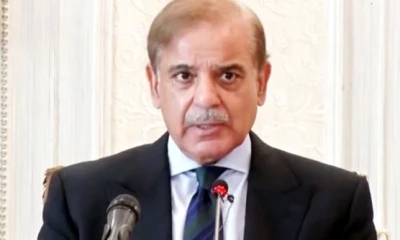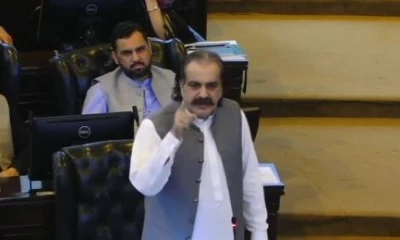-


پٹرول 200 روپے؟ اہم خبر، بڑا ریلیف۔۔!#gnn #petrol #price #relief #government #news #breaking #latest
-


PCB big Victory | Breaking News | GNN
-


عمران خان ڈیل کے لیے تیار۔۔؟#gnn #podcast #entertainment #imrankhan #rabiabajwa #latest
-


Rana Sana Ullah Shocking Statement about Imran Khan | Breaking News | GNN
World
Riots among students in Kyrgyzstan, Pakistanis also killed
Pakistani female students are also being harassed, on which Pakistani students have become concerned
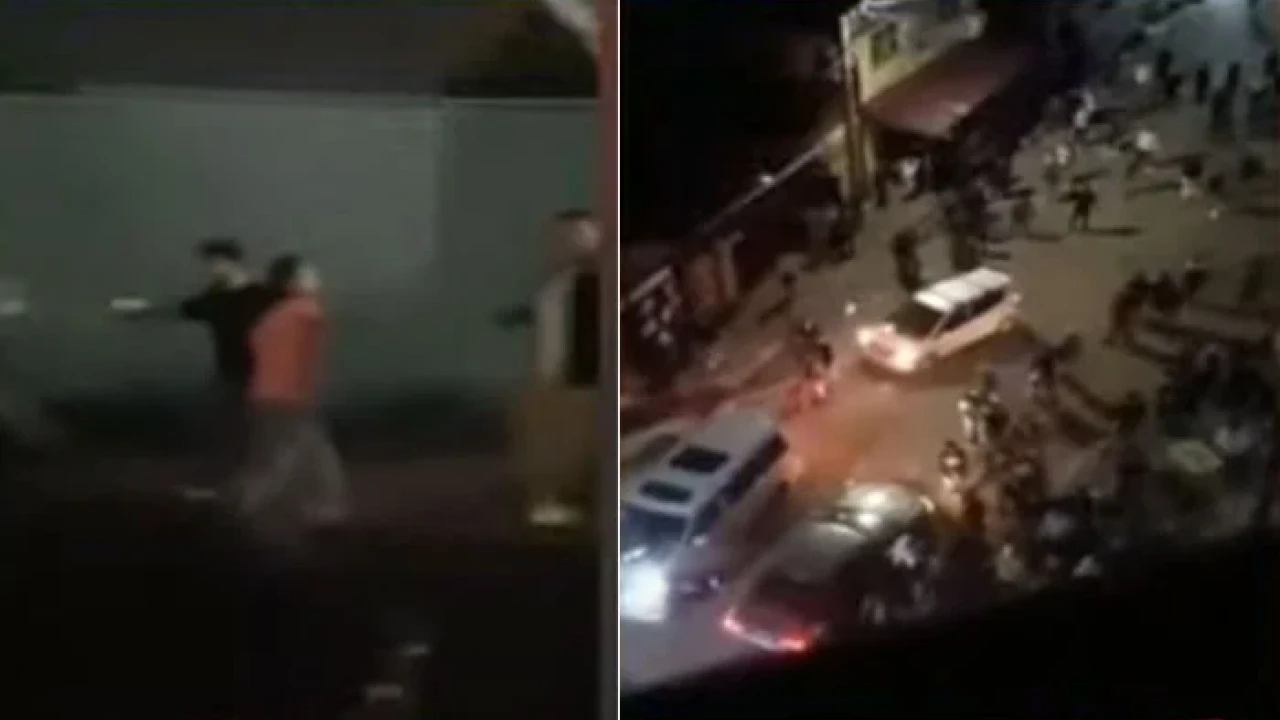
Bishkek: There has been a commotion among the local and foreign students of Bishkek—the capital of Kyrgyzstan—in which Pakistani students have also been hit.
According to unconfirmed reports, three Pakistani students have been killed in the attacks of protesters, however, these deaths cannot be confirmed as yet.
The angry Kyrgyz students attacked and vandalized the hostels of Pakistani youths. Pakistani female students are also being harassed, on which Pakistani students have become concerned.
Some students told media that boys and girls have been tortured in the hostel, the students have also complained of non-cooperation from the Pakistan Embassy.
A Pakistani medical student in Bishkek, told a private new channel that the dispute started due to the harassment of the Egyptian students by the Kyrgyz students.
According to him, riots broke out after Egyptian students reacted against Kyrgyz students and they started attacking foreign students all over Bishkek.
Videos of rioters torturing students in Bishkek are going viral on social media, but there is no confirmation about them.
The statement of the head of the internal affairs department of Bishkek city has come out on the issue of violence against foreign students in Bishkek.
The head of Bishkek city interior affairs said that the report of death in the fight on May 13 is false.
According to Kyrgyz media, the head of internal affairs stated that on May 13, there was a fight between local and foreign students in the hostel of Bodiuni in Bishkek. Later, three foreigners involved in the fight were detained.
He added that the local students protested against the incident of May 13 on the evening of May 17 in Choi Kermanjan Dutka area and demanded action against the foreigners involved in the dispute.
According to Kyrgyz media, the head of the Internal Affairs Directorate asked the protesters to end the protest, while the detained foreigners later apologized, but the protesters refused to disperse and more people began to gather.
According to local media reports, several people were detained for violating public order in view of the danger of the demonstration becoming violent. Later, the protesters dispersed after negotiations with the head of the federal police.
Regional
Why school segregation is getting worse
Here’s why public school segregation has been steadily rising for three decades.

Friday marks the 70th anniversary of the landmark Brown v. Board of Education decision, in which the Supreme Court ruled that the “separate but equal” schools for racial minorities were inherently unequal and unconstitutional.
But so many years after the watershed ruling, new research confirms a startling trend: School segregation has been getting steadily worse over the last three decades.
Researchers at Stanford University and the University of Southern California found that racial segregation in the country’s 100 biggest school districts, which serve the most students of color, has increased by 64 percent since 1988. Economic segregation, or the division between students who receive free or reduced lunch and those who do not, increased by 50 percent since 1991.
The study primarily focused on white-Black segregation, the groups that the Brown decision addressed, but found that white-Hispanic and white-Asian segregation both also more than doubled since the late 1980s in the large school districts.
Why is history reversing itself?
Residential segregation, which researchers have historically identified as the root cause, isn’t the chief driver, according to the new study. The increased segregation also isn’t due to shifting demographics nationwide, as the country becomes less white. In most of the large districts that the researchers examined, housing segregation and racial economic inequality declined.
Instead, they cited two policy choices America has made: increasing school choice options and ending court oversight of integration efforts.
“When we switched from a commitment to integration and equity to school choice, it’s not terribly surprising that we see rising school segregation,” said Ann Owens, a professor of sociology and public policy at USC and one of the report’s authors. “We’ve abdicated our responsibility to integration, and unfettered choice does not magically lead to integration.”
And now, the steady increase means that Black and Hispanic students are more likely to be concentrated in higher-poverty schools with fewer resources, a trend that worsens academic and life outcomes.
School choice, namely charter schools, has expanded
School choice, the programs and policies that let families use public funding to access alternatives to traditional public schools, has grown in the past few decades. That’s particularly true of the charter school sector, which creates publicly funded schools that have greater flexibility than traditional public schools due to “charter” agreements with states. Some of the first charter schools were introduced in the 1990s to create alternative learning environments, with their own curricula and discipline policies, for example.
Charters now serve 3.7 million students in 8,000 schools, according to the National Alliance for Public Charter Schools. During the 2021-22 school year, they enrolled 7.4 percent of all public school students.
That might not seem like that many students — but it’s less how many are enrolling, and more who is.
The study supports the idea that parents, particularly white parents, have enrolled their children in charter schools that are majority white. In the Los Angeles Unified School District, for example, white parents have opted out of big urban district schools. There’s generally more segregation both within the charter sector and between charter and traditional public schools.
“We do see that as the charter sector expands, the places where it expanded fastest from the late ’90s to today tend to be places where segregation grew the most even after we take into account lots of other things that were going on,” said Sean Reardon, the faculty director of Stanford’s Educational Opportunity Project that produced the report and a new “Segregation Explorer” tool.
It’s not just white families driving the change: Some charters explicitly market themselves to families of certain racial or ethnic communities or neighborhoods, which has helped increase segregation too.
As school choice programs were expanding, another policy that helped integrate schools was ending.
Court oversight has vanished
When Brown was decided in 1954, the Court didn’t immediately require school districts to desegregate.
It wasn’t until the Supreme Court’s 1968 decision in Green v. County School Board of New Kent County that schools were mandated to develop plans to dismantle their segregated enrollment systems. The decision introduced new criteria courts could use to evaluate schools’ compliance — such as the quality of a school’s physical resources and amenities (think: the type of extracurricular activities offered or the kind of transportation they provide all students, the number of teachers, etc.) or the ratio of Black and white students and teachers.
The orders had a huge impact, but by the early ’90s, districts were released from the mandates after a series of cases that gave districts local control.
The new research shows that within five to eight years of districts being released from mandates, segregation increased. Since 1991, about two-thirds of school districts that were required to meet court desegregation mandates were removed from court oversight.
Why this matters — and how to reverse school segregation
Brown was supposed to lead to long-lasting desegregation. Though school segregation in most school districts is much lower than it was 60 years ago, it’s higher than it was 30 years ago. And today’s divisions are enough to concentrate Black and Hispanic students in higher-poverty schools.
And that in turn “drives a lot of inequality and disparate outcomes that we see,” said Owens. “It’s not that sitting next to a kid of a particular racial group is on its face beneficial. It’s that resources from home, social resources, and political resources in our society are linked to race.”
Achievement gaps are larger and grow faster as kids progress through school in more segregated districts than more integrated districts, Reardon said, adding that integration efforts tailored to a specific town’s issues have led to very large improvements in educational and life outcomes for students of color. Research has also shown that desegregation doesn’t worsen outcomes for white students.
Given that housing segregation helped create school segregation in the first place, tackling this issue will mean taking a “a multi-sector approach because the education system alone can’t address it,” Reardon said.
Barring that, there are a few solutions to at least help us counteract the slides of the last three decades. Everything from voluntary integration programs to socioeconomic-based student assignment policies — and if we’re committed to school choice policies, choosing ones that affirmatively promote integration.
This story originally appeared in Today, Explained, Vox’s flagship daily newsletter. Sign up here for future editions.
Pakistan
PM directs Pakistani ambassador in Bishkek to help students
Shehbaz Sharif has expressed deep concern over the attacks on Pakistani students and other in Kyrgyzstan
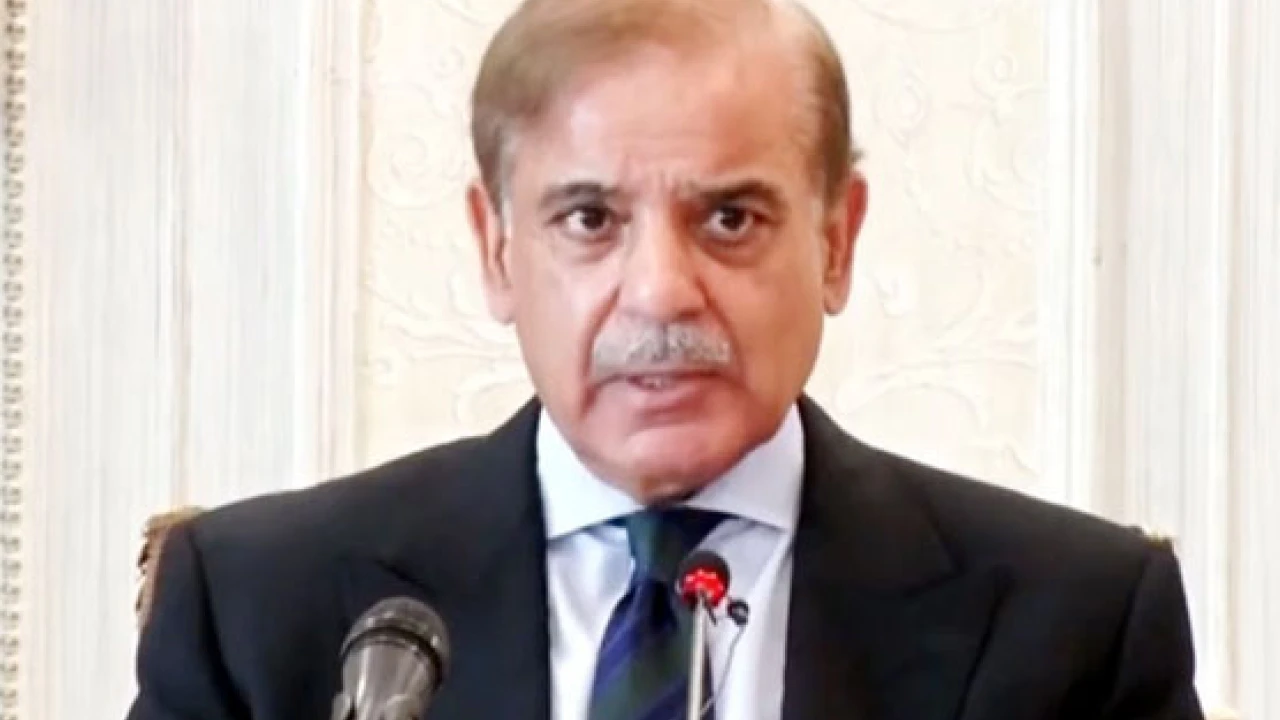
Islamabad: Prime Minister Shehbaz Sharif Saturday directed the Pakistani ambassador in Bishkek to provide all possible help to Pakistani students.
Shehbaz Sharif has expressed deep concern over the attacks on Pakistani students and other in Kyrgyzstan.
He has directed the Pakistani ambassador in Bishkek to provide all possible help to the Pakistani students.
A statement from the Prime Minister's Office said that the Pakistani Embassy has provided emergency numbers and is continuously monitoring the situation.
On the other hand, Deputy Prime Minister and Foreign Minister Ishaq Dar stated that reports of mob attacks on students in Kyrgyzstan are very worrying.
Ishaq Dar added that we have established contact with the Kyrgyz authorities to ensure the safety of Pakistani students, and have instructed our ambassador in Kyrgyzstan to provide full facilities.
It is pertinent to note that after a dispute between local and foreign students of Bishkek, the capital of Kyrgyzstan, there was a riot. Pakistani students were also affected by the riots and angry Kyrgyz students attacked the hostels of Pakistani students, in which many students were injured.
-

 Pakistan 1 day ago
Pakistan 1 day agoTariq Cheema apologises to Zartaj Gul after NA misconduct
-

 Business 1 day ago
Business 1 day agoRs1,600 increase recorded in per tola gold price
-
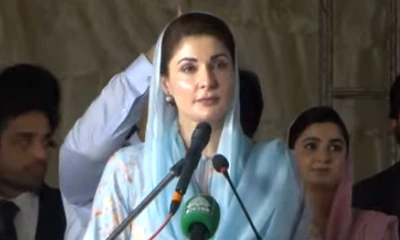
 Pakistan 1 day ago
Pakistan 1 day agoPunjab going to modernise healthcare system: CM
-
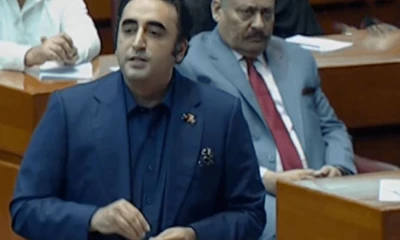
 Pakistan 2 days ago
Pakistan 2 days agoBilawal takes jibe at PTI for inviting ‘interference’ from same elements it ‘lectures'
-
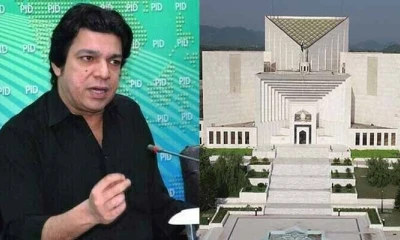
 Pakistan 21 hours ago
Pakistan 21 hours agoSuo Motu case: CJP seeks response from Vawda, Mustafa
-

 Business 2 days ago
Business 2 days agoHuge jump in gold price of Rs3,900 per tola
-

 Pakistan 1 day ago
Pakistan 1 day agoPetition against Dar’s appointment as Deputy PM dismissed
-
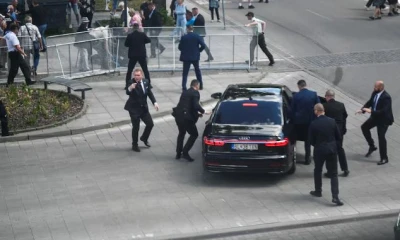
 World 2 days ago
World 2 days agoSlovakia PM Fico shot and wounded, TASR agency reports

